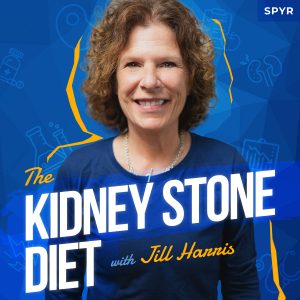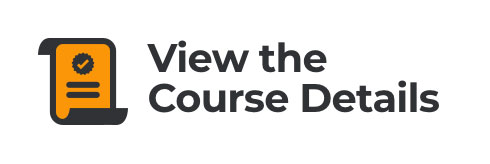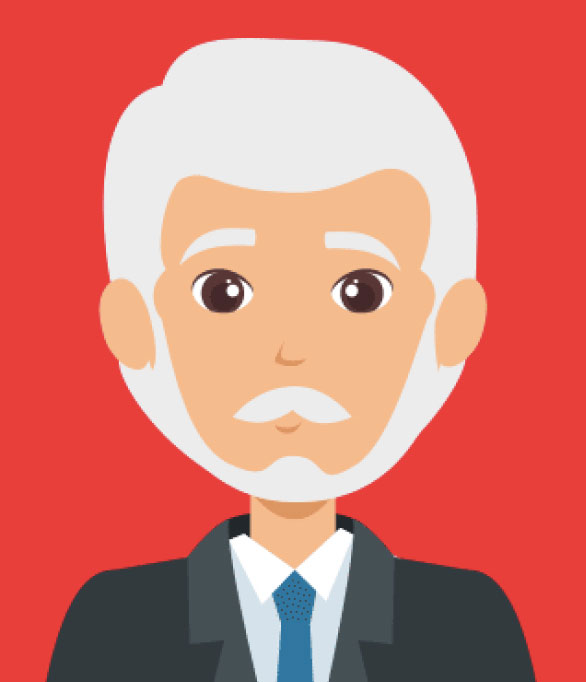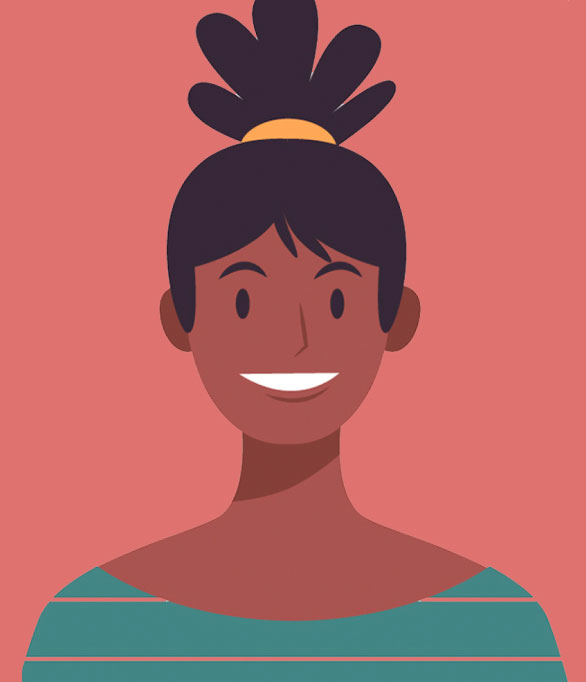In this episode, Jill Harris discusses the relationship between quinoa and kidney stones, focusing on oxalate content and dietary choices. She emphasizes the importance of portion control and balanced nutrition for kidney stone prevention, while also addressing common misconceptions about dietary restrictions. Jill shares insights on meal planning and the benefits of incorporating various foods, including quinoa, into a kidney stone-friendly diet.
Takeaways
- Quinoa contains 54 mg of oxalate per cup, which is relatively high.
- Portion control is crucial; half a cup of quinoa is recommended.
- Calcium sources should be paired with higher oxalate foods.
- A balanced diet includes fruits, vegetables, and healthy grains.
- Many kidney stone formers avoid nutritious foods due to fear of oxalates.
- Meal planning can help individuals see that there are plenty of foods to eat.
- Diet should be personalized; what works for one may not work for another.
- Flexibility in diet is important; it’s about finding what works for you.
- Jill encourages incorporating foods that are often avoided due to misconceptions.
- The Kidney Stone Diet is about goals, not restrictions.
00:00 Understanding Quinoa and Kidney Stones
02:25 Portion Control and Dietary Balance
05:13 Meal Planning for Kidney Stone Prevention
08:19 Freedom from Dietary Restrictions
Jeff Sarris (00:00)
You love quinoa, but you also make kidney stones. So today the question is how much oxalate is in quinoa?
Jill Harris (00:07)
Quinoa is a really good grain for vegans who are trying to get protein. And a lot of my vegans and vegetarians that come to me, they’re like, Jill, I used to eat so much quinoa. I’m not going near it now. And then they’re kind of shocked when they hear me say, it’s not like you can’t have it, Sally.
Jeff Sarris (00:13)
Mm-hmm.
Jill Harris (00:31)
So quinoa is 54 milligrams for a cup of oxalate. So yeah, it’s high. It’s on the higher side for sure. Most of you, unless the doctor has told you otherwise, get 100 milligrams of oxalate a day. So half of that’s going to be taken away if you have a cup of quinoa. So you have a decision to make, folks. I tell all my patients that come to me for a consult,
You get 100 mg, unless you’re a bariatric patient or somebody with malabsorption issues, you will have less oxalate and typically it’s 50. There’s many patients that are being told 50 and they don’t have any other medical conditions. That’s much too low. Well Jill, it should be as low as possible. No, because you’re taking away too many fruits and vegetables, folks. And what do I have? I have people eating a shitload of white rice all the time, which is nothing except carbs, straight carbs, right? So…
That’s not good. So you need your fruits and vegetables and absolutely healthy grains. I don’t have any problem with white rice guys, but you’re from, I’m telling you what I hear every day, Jill, I’m eating so much rice because I know it’s safe. And they’re doing that because they’ve had such a horrible experience with kidney stones. So I get it, but don’t do it. Okay. So even though we have some of these grains that are higher, you know what I’m going to say portion, not perfection.
You don’t have to have a whole cup of quinoa. Have half a cup. That’s only 25 milligrams of oxalate. You still got 75 left. The other thing I’m going to tell you is pair that with a calcium source. So I do eat quinoa and I always have my whatever. If I’m having a dairy calcium source, I’ll have a lactose free dairy calcium source or sometimes I have a non-dairy calcium source like pea milk because it has eight grams of protein still. So definitely.
For vegans and vegetarians, quinoa will have fiber and it will have protein. And so it’s a very healthy grain. It’s not something though that you should have as a staple with every meal. And a lot of kidney stone formers, especially non-meat eaters, were trying to get their protein needs met through all these grains. so, beans, legumes, and so they overate those things to get their protein needs met. And so when we do that,
along with not getting any calcium needs met, which is so very common for every patient I’ve ever worked with, until they got a kidney stone or bone disease, nobody was getting enough calcium. It’s not on anybody’s radar until something happens. So the combination of eating quinoa bowls every night along with not getting any calcium is definitely going to be a problem. Bean bowls every night without getting enough calcium, day in and day out, year after year.
that will make a kidney stone. I always say this, honestly, I mean, there’s rhubarb, there’s chia seeds, there’s spinach and almond products, cashews. I mean, it’s just a handful of foods that I say really don’t eat anymore. Otherwise things like quinoa may be a little higher, but watch, the dose always makes the poison. So the portion will make the poison in this case have a lower
have a lower amount of the quinoa when I have first of all when I have no one asked Jill I’m telling you anyway when I have any grain it’s typically half a cup half a cup because to there’s everybody has different reasons for what they do but typically half a cup maybe three-fourths of a cup for a portion of a grain okay and a lot of vegetables in there
So when I’m having a grain, because I do a lower carb diet, and when I do carbs, typically I am looking for carbs that contain protein and fiber to keep me full. It doesn’t mean I don’t have white rice sometimes. I certainly do, because I just want it emotionally. It’s a very soothing, comforting food, white rice. And there’s no harm in it. Obviously, if you’re a diabetic or whatever, you have to watch your carbs. But I’m just saying. of course have…
white rice if you like that. But typically when I’m having any kind of grain, I keep it to half a cup. And then it’s just, it’s just like, it’s not the anchor of my bowl. vegetables are always my anchor with a little bit of bips and boops like, like quinoa, something like that, or lentils. I’m not having a whole cup of lentils. I’m having half a cup. You all have your medical conditions and the goals and
all the things. have your Kidney Stone Diet goals and then you have other medical conditions that you will like being a diabetic, watching carbs. So everybody has different things they’re trying to accomplish with their diet. That’s why the Kidney Stone Diet is a set of goals, not you can’t have this, you can’t have this kind of thing because we’re all very different. So for me, a lower carb diet works. For Jeff, a lower carb diet works for him. What are you doing these days?
Are you doing, are you just calling it a lower carb? It used to be paleo many moons ago with some white rice. What do you do?
Jeff Sarris (05:46)
Hmm.
Yeah, yeah, definitely low carb. It’s, I wouldn’t say I’m as regimented in tracking as I once was like at the beginning, you know, you, you really get into it so much more and you’re really paying attention sort of where am I, where am I at today? Where am I at yesterday? where was I yesterday? But then it just becomes your lifestyle. So that was always a thing early on. I’m like, we have a diet and the term diet tends to be on and off again, but then we have our diet and our diet is just the diet that we.
Jill Harris (05:57)
Yeah.
Jeff Sarris (06:19)
eat. It’s not really thinking about it as a diet. So it just becomes part of our lifestyle. And yeah, really, that’s me. It’s just integrated. And sort of on that note, people do ask you all the time, like, well, what do you eat? And I think that’s sort of a really great example is to look right at the meal plans. Like people can go to kidneystonediet.com and see the meal plans and see exactly the kinds of things that Jill eats, all the recipes you created in your kitchen from scratch, but integrating things like quinoa.
Jill Harris (06:45)
Yes.
Jeff Sarris (06:47)
and things that maybe people wouldn’t expect because they aren’t ultra low in oxalate.
Jill Harris (06:55)
That’s one of my greatest joys when I’m making recipes, I’m like, I’m gonna put quinoa in here, really freaked the meal plan subscribers out. But always in my notes, I’ll say, yes, I use quinoa. Notice the portion divided by four. You don’t have a lot of ox slate here. And so it teaches people the meal plan is great because you can see what I’m eating and you’re gonna love all the food too. Don’t think there’s not things like Big Mac in a bowl because old girl here needs some fun foods too.
but it’s all low salt, no added sugar, you can’t beat it. It’s ways to do it, but still keep your mind happy, but also keep your body happy. And that’s how I approach in my kitchen. But one of the best things about the meal plan for me when I’m writing it all up is I get to put the Kidney Stone Diet notes in there. I tell people why I did what I did. Notice that I incorporated this and this is probably something you’ve taken out of your diet, like black beans, and you can absolutely still eat them, you know? So the notes of the meal plan.
helps people understand why I did what I did and please start using some of these foods because you’re missing out on a lot of health benefits of them, right? And so I think once people make kidney stones, they just take, this is what I hear every day and this is why Jeff kept saying do the meal plan because what we hear every day at Kidney Stone Diet is there’s nothing to eat. Because if you go on the internet, they’re gonna say don’t eat this, don’t eat that, don’t eat that. It’s not true, folks.
And people will, when they first meet me and we’re doing a consult, they’re like, you’re making me nervous. I can have all these foods. But you’ve got to recognize for 26 years, I’ve been looking at follow-up urine collections where I’ve told people when they first come to me, I’m looking at their first urine collection. I’m like, listen, Karen, do all these things I’m saying. And it may make you a little nervous, but you’re going to do the follow-up in a couple of months. And definitely incorporate beans, do some quinoa, do the higher oxley foods.
But get your calcium needs met every day. When you’re doing the follow-up urine collection, do all that and get your calcium needs met so you can see your oxalate’s still gonna be low. I get the call, we do the follow-up, she’s like, holy pochole Jill, you were right. Look at my oxalate’s still under 30. And I had black beans. The main difference is I started using calcium now. Buy food or drink, not pills. And now look, I get it, I get it. And there’s such a sense of freedom and joy and.
You know, you just feel so chained and just imprisoned by all these dietary restrictions. Forget about kidney stones. If you’re diabetic or you have POCS or you have this or that and now you’re FODMAP and gluten free and dairy free. my God, you’re just throwing all these things. You don’t know anything. And it’s so overwhelming. So mostly my job.
is bringing foods back. And so the meal plan is a tangible source of seeing if there’s plenty to eat and it’s, and it doesn’t have to be not good. It’s all good. You think I’m eating bad food or Jill. People say, Jill, I want your muscles. What do you eat? Get the meal plan. There’s protein, there’s fiber in every meal. So you’re not starving for the next meal. I’m always full because part of my plate is always going to be the main thing is protein and fiber.
a little bit of carbs. If I have carbs that day, it’s a half a cup or there ain’t no carbs. But in the meal plan, of course, not everybody eats as strictly as I do. So of course there’s carbs in there. There’s, you know, there’s something for everybody in the meal plan, whether you’re a vegan, vegetarian, gluten-free, keto, I have keto dishes. I have all kinds of things in there because I like to consider myself more than anything a flexitarian. If I want a sandwich, even though I’m low carb, I’m going to have a damn
Sandwich, maybe I’m having one piece of bread like sourdough bread and cutting it in half and that’s gonna be my sandwich instead of two pieces But sometimes a girl needs a sandwich simply because it’s practical Right could eat so many glad lettuce wraps. So I’m more of a flexitarian typically I’m low-carb, but if I want a sandwich, I’m not that strict I also eat what I feel like having and it’s always going to be about portion. So quinoa It’s 54 milligrams a cup have half a cup
Jeff Sarris (10:53)
Yeah, yeah.
Jill Harris (11:10)
25 milligrams and get on with your day. It’s a nice healthy higher protein high fiber grain
Jeff Sarris (11:17)
Yeah. And, and like you said, there’s so many inputs we can follow keto, gluten-free, this, that, and the other. But this is what you do at kidneystonediet.com is you simplify and give the lane that people can follow to know that they’re reducing their risk for kidney stone. So if you want to dive in and you want to just simplify your diet and live a better life, go to kidneystonediet.com where you can find everything. And if you enjoyed this video, YouTube thinks you’ll like a video that’s on the screen right now. If you’re listening on audio, share this episode with a friend and we’ll see you next week.
Jill Harris (11:45)
Bye everybody.














Leave a Reply